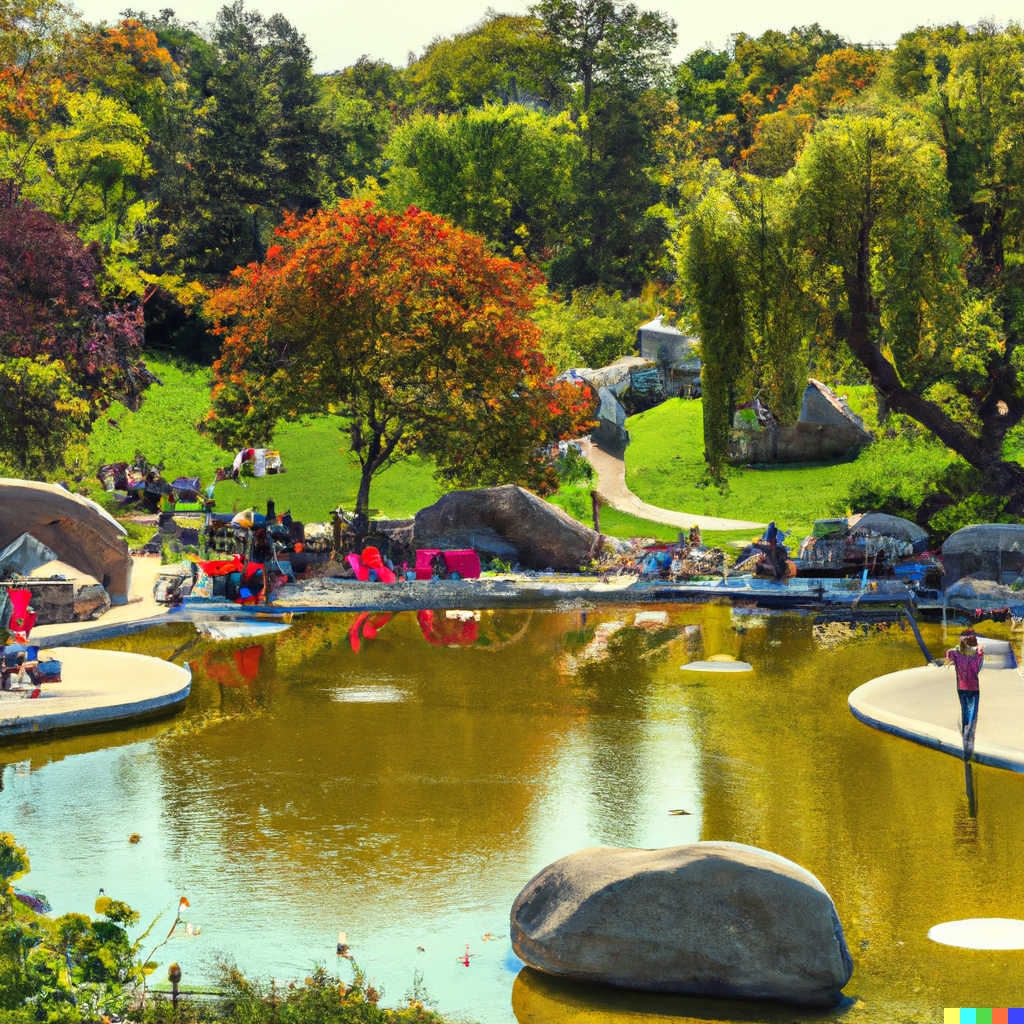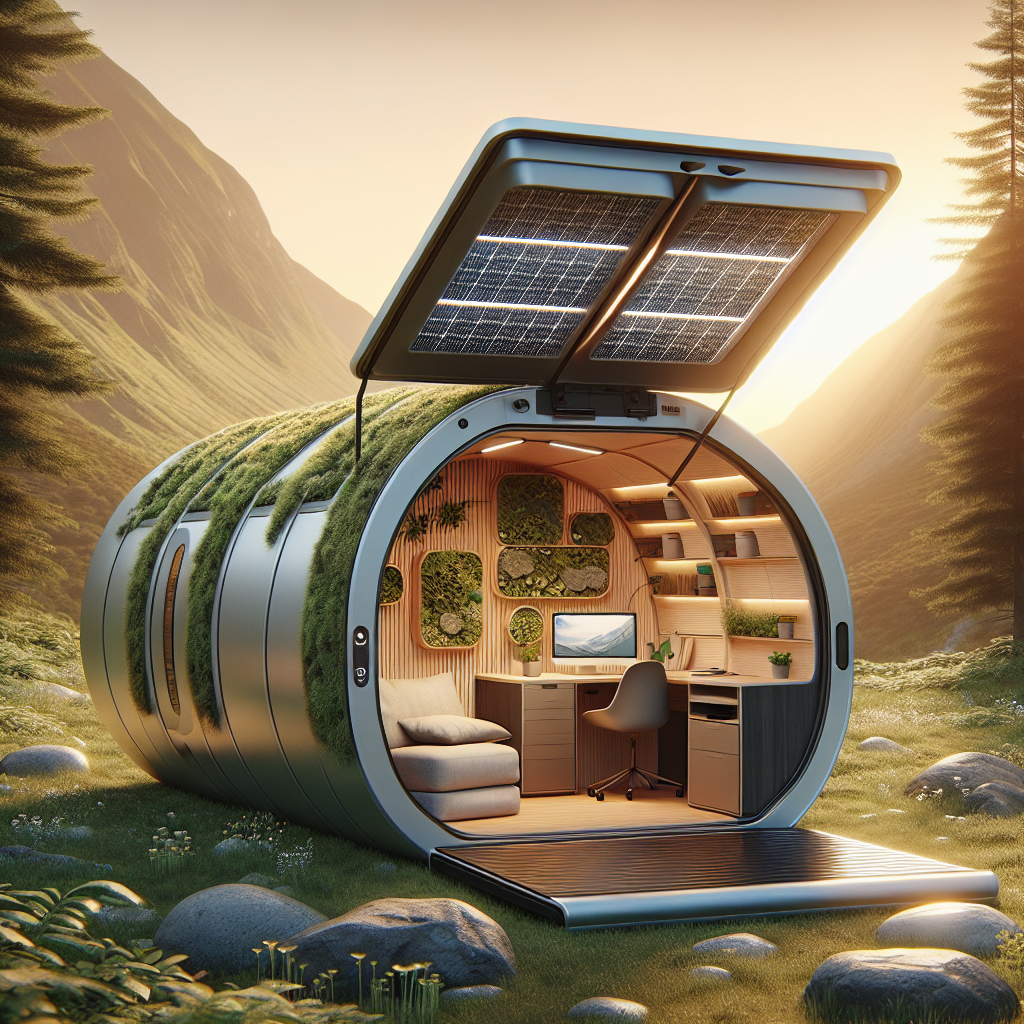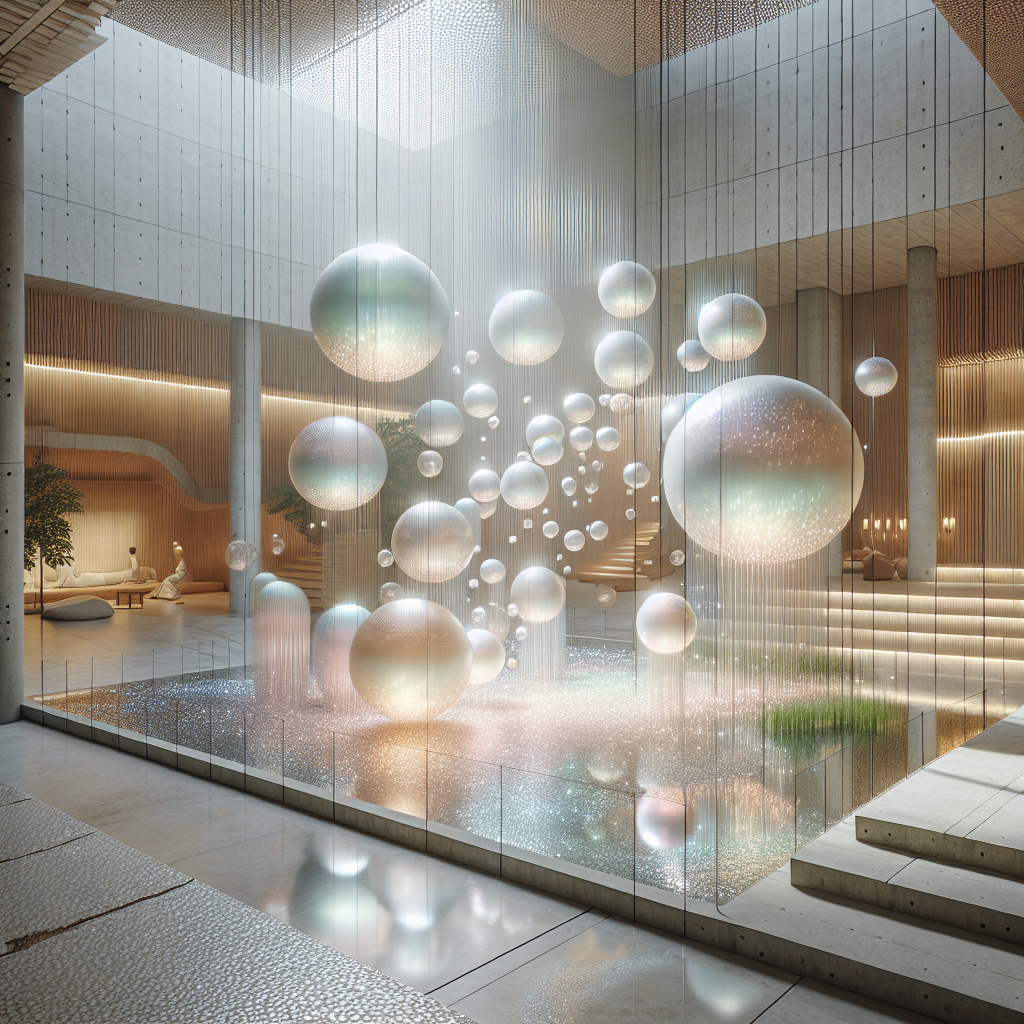Crafting Calm: Blueprinting Urban Serenity through Mindful Design

In a world that often spins at a dizzying pace, the sanctuary of peace and tranquility within our urban environments seems like a dream. Yet, with strategic design, it is entirely possible to shape spaces that echo with serenity amidst the urban hustle and bustle. Crafting these spaces requires an architect’s vision and a designer’s sensitivity, merging aesthetics with functionality, creating not just environments, but experiences.
The Power of Mindful Design
Picture the heart of a bustling city. Traffic blares its constant symphony, office buildings tower into the skyline, pedestrians scurry through the streets like hurried ants. Amidst all this chaos, imagine a space that resonates tranquility and peace. This idea may seem paradoxical, even surreal. Still, the art of mindful design works magic in crafting such urban sanctuaries.
Mindful design embraces the principles of thoughtful and intentional design to create peaceful spaces. It borrows heavily from concepts in environmental psychology, reflecting our innate desire to connect with nature, commonly known as biophilia. By incorporating elements such as natural light, indoor plants, water features, and organic materials, urban spaces can evoke calm and restorative vibes.
Real-Life Examples
Take, for instance, the urban parks of Tokyo. Despite its reputation as one of the world’s busiest cities, Tokyo is renowned for its lush urban gardens and parks. Spaces like Shinjuku Gyoen are an epitome of tranquility within the city’s heart, offering urban dwellers a peaceful respite from the fast-paced city life. As much as it stands as a testament to Japan’s excellent urban planning, it’s also an ode to the power of mindful design.
On the other side of the globe, New York City’s High Line offers another example of how thoughtful design can transform urban spaces. This elevated park, created on a former elevated railway spur, is a spectacular example of urban revitalization through design. The High Line blends nature and city, providing an enchanting escape for city dwellers and tourists alike.
Creating Livable and Human-Friendly Cities
With our surroundings playing such a crucial role in our mental well-being, creating peaceful urban spaces is not just a matter of aesthetics. It’s about making cities more livable, more enjoyable, and more human-friendly. It’s about transforming the way we experience and interact with our urban environments.
The challenge in achieving this transformation lies in balancing our growing urbanization needs with our inherent longing for peaceful environments. Thankfully, technology offers promising avenues to realize this balance. Innovative design software, green architecture, and smart urban planning can help in creating urban sanctuaries that cater to our need for tranquility amidst the city’s rush.
Redefining Urban Spaces
Ultimately, creating peaceful spaces in urban environments is about thinking beyond concrete and steel. It’s about perceiving our cities as living, breathing entities that can nourish our well-being if we allow them. By embracing mindful design, we can create cities that not only symbolize our progress but also provide spaces where we can retreat, rejuvenate, and restore ourselves.





